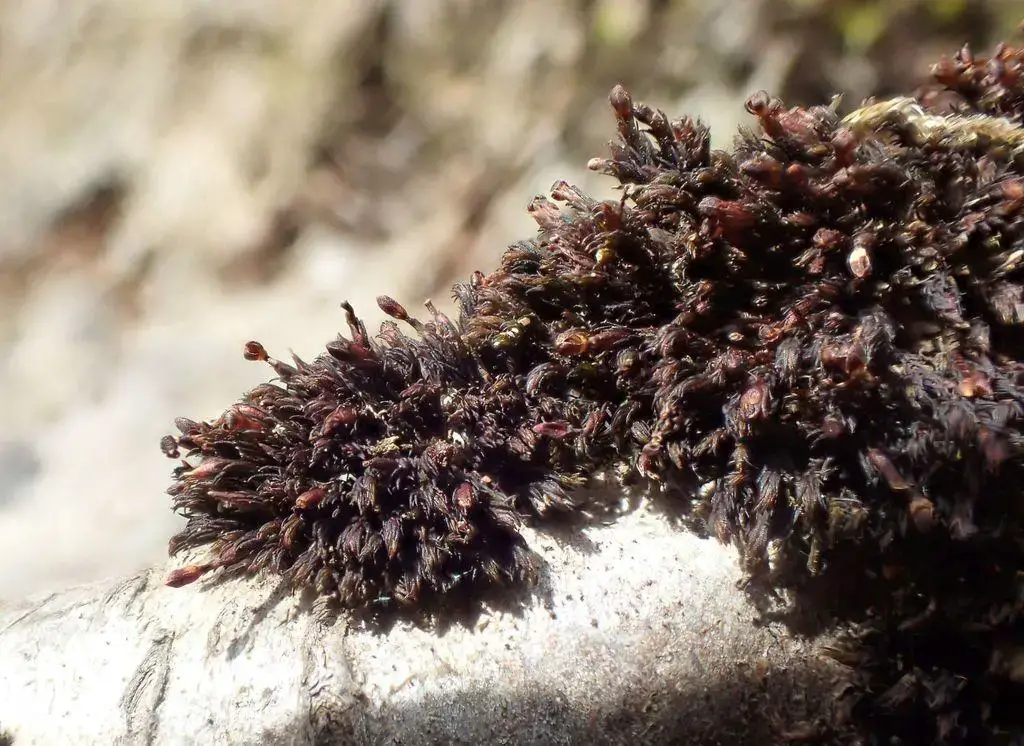
large.jpg from: https://www.inaturalist.org/observations/110020093
Introduction
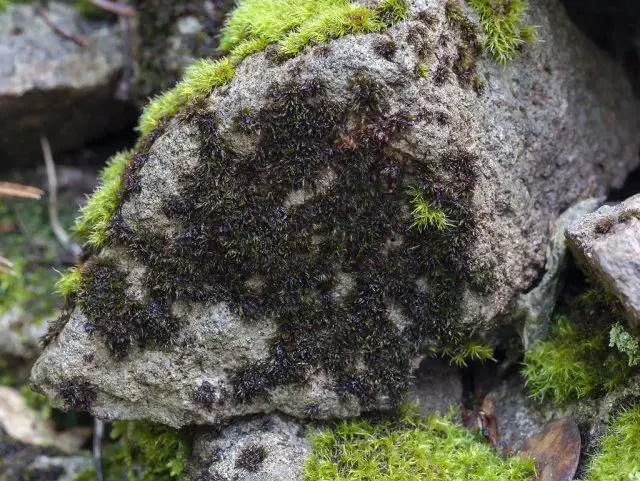
80456_orig.jpg from: https://idfg.idaho.gov/species/taxa/34877
In the vast and captivating world of bryophytes, the Andreaea aterrima Müll.Hal. moss stands out as a remarkable member of the Andreaeaceae family. This unassuming yet resilient plant has carved its niche in some of the harshest environments on Earth, defying the odds and showcasing the incredible adaptability of nature.
Background
Before delving into the intricacies of this extraordinary moss, let’s set the stage. Bryophytes, often referred to as the “ancient lineage of land plants,” are a diverse group that includes mosses, liverworts, and hornworts. These diminutive yet mighty organisms have been around for millions of years, predating even the earliest vascular plants.
Main Content
Morphology and Identification
The Andreaea aterrima Müll.Hal. moss, commonly known as Andreaea, is a small, tufted plant that forms dense cushions or mats. Its leaves are narrow, lance-shaped, and often curved, giving the plant a distinctive appearance. One of its most striking features is the dark, almost black coloration, which earned it the specific epithet “aterrima,” meaning “blackest” in Latin.
Global Distribution and Habitat
This hardy moss is widely distributed across the globe, thriving in some of the most inhospitable environments imaginable. From the windswept tundras of the Arctic to the barren rock outcrops of alpine regions, Andreaea aterrima has proven its mettle time and again. It is particularly well-adapted to acidic substrates, such as granite and quartzite, where few other plants can survive.
Ecological Roles and Adaptations
Despite its diminutive size, Andreaea aterrima plays a crucial role in its ecosystem. It acts as a pioneer species, colonizing bare rock surfaces and paving the way for other organisms to establish themselves. The moss’s ability to retain moisture and create microhabitats is invaluable in these harsh environments, providing shelter and sustenance for a myriad of microscopic life forms.
But what truly sets Andreaea aterrima apart is its remarkable adaptations. Its dark pigmentation, a result of the presence of unique compounds called sphagnorubins, helps protect the moss from the intense ultraviolet radiation found at high altitudes and latitudes. Additionally, its compact growth form and ability to withstand desiccation allow it to survive prolonged periods of drought.
Case Studies/Examples
One notable example of the resilience of Andreaea aterrima can be found in the Antarctic region. Here, this moss has been documented growing on exposed rock surfaces, enduring temperatures as low as -20°C (-4°F) and withstanding the harsh, desiccating winds of the polar environment.

ba68d8b47c57c76e46532aece6b21e0f.jpg from: https://taieol.tw/pages/8470
Technical Table
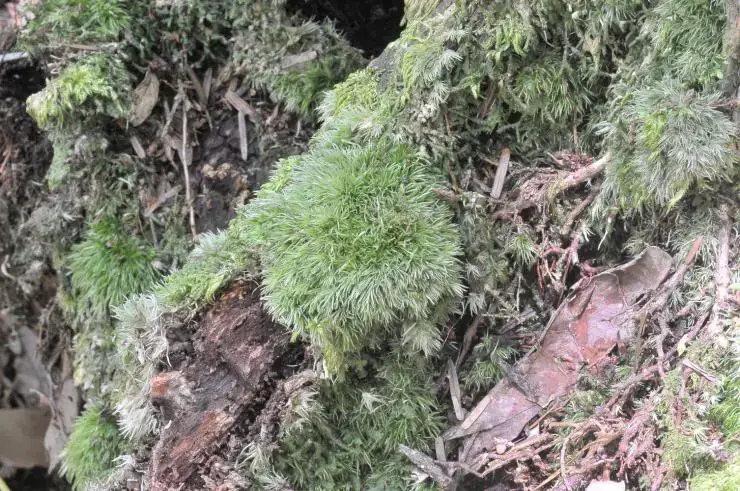
7037e79d418c961c5141889e083833ce.jpg from: https://taieol.tw/muse/digi_object/2355523fe7d6b11d4b7a8ac495911fd7
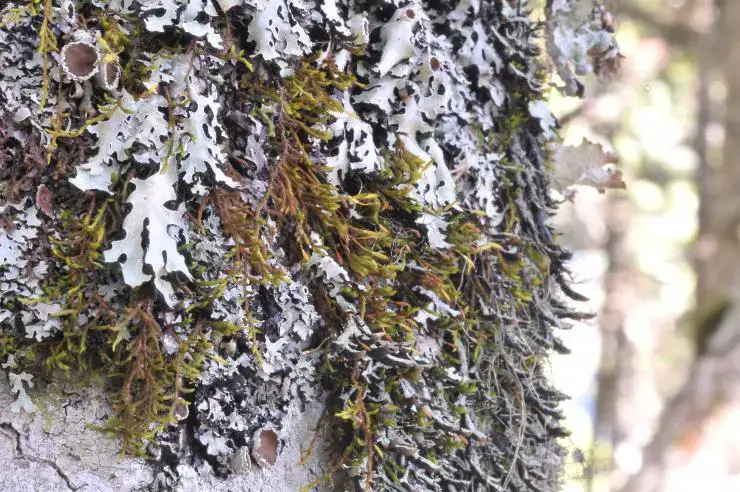
5856d54f21c593d9017a4c708465902e.jpg from: https://openmuseum.tw/muse/digi_object/944be5363af1050246cc941b5ca41998
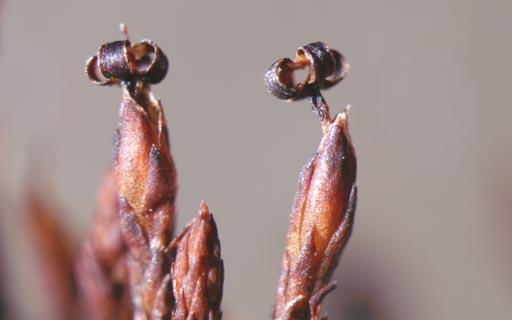
andreaearues1L.jpg from: https://digital-museum.hiroshima-u.ac.jp/~museum/habit/moss_habit/Andreaea rupestris fauriei/Andreaea_rupestris_fauriei.html
| Characteristic | Description |
|---|---|
| Family | Andreaeaceae |
| Genus | Andreaea
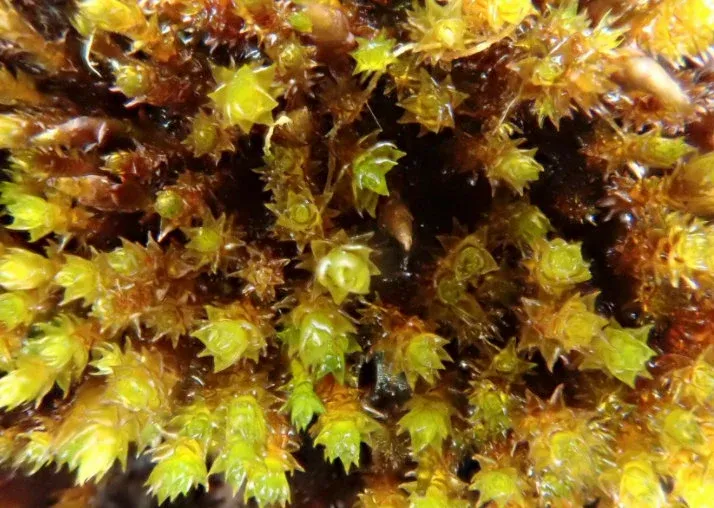 il_fullxfull.3021959034_bzf5.jpg from: https://www.thebryophytanursery.com/listing/989144102/terrarium-red-moss-andreaea-alpina-with |
| Species | aterrima |
| Common Name | Black Granite Moss |
| Growth Form | Tufted, cushion-forming |
| Leaf Shape | Narrow, lance-shaped, often curved |
| Color | Dark, almost black |
| Habitat | Acidic rock substrates, alpine and arctic regions |
| Adaptations | Dark pigmentation, desiccation tolerance, compact growth form |
| Ecological Role | Pioneer species, moisture retention, microhabitat creation |
Conclusion
The Andreaea aterrima Müll.Hal. moss is a true testament to the incredible resilience and adaptability of nature. Its ability to thrive in some of the most extreme environments on our planet serves as a reminder of the intricate web of life that surrounds us, even in the most unlikely of places. As we continue to explore and appreciate the wonders of the natural world, this unassuming moss invites us to ponder the question: What other marvels lie hidden in plain sight, waiting to be discovered and celebrated?